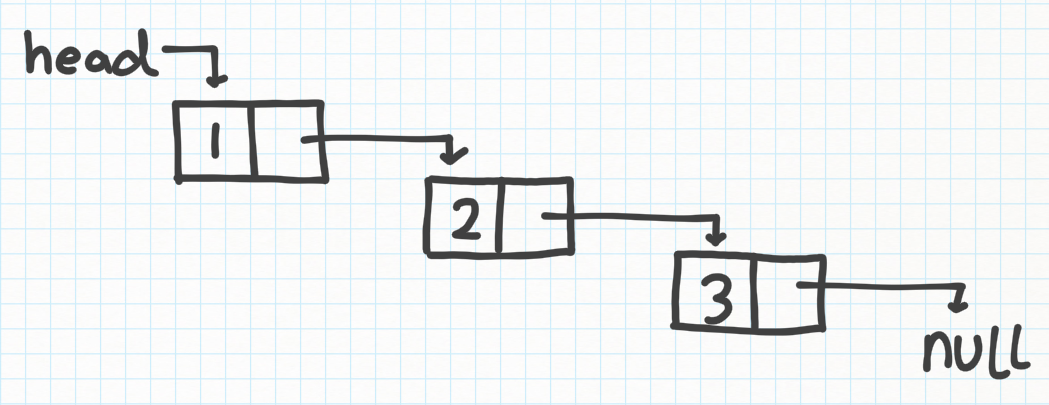The most basic approach to this problem would be to iterate over the entire linked list once to find out the length of the list.…
Posts published in “Programming”
Programming Languages we learn and develop with us. The tips & tricks, working well documented interesting programs.
If we had to reverse the elements of an array we would have to iterate over then entire array and swap the ith element with…
Linked lists are linear data structures, which consist of nodes. These nodes store data in them as well as point to the next node in…
In this article, I will teach you to find the determinant of a matrix using the Python programming language. Prerequisites: In programming (Python) –…




